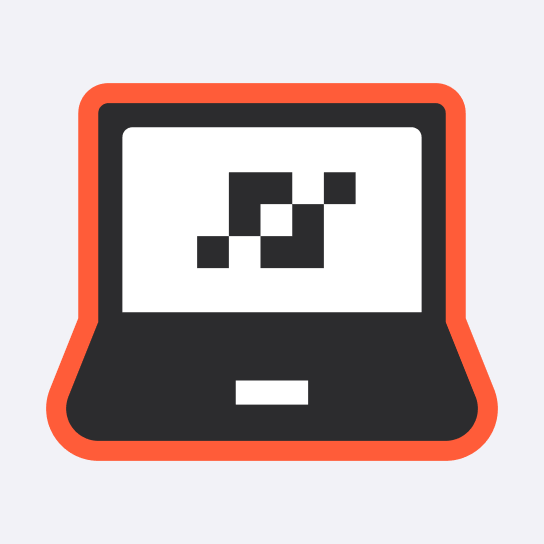
Designer | Spring'19
Admittedly, the recruitment process is tiresome: touch-points with HR; behavioral interviews; portfolio reviews; app critiques; etc. But the primary purpose of design interviews is for companies to get a sense of our personal design processes and the way we broadly think about design. In turn, they’re also figuring out how we can fit into their design ecosystem and if our skills are needed at the moment.
In this interview with LavaLab alumni Pratima, she will share her broad experience in design interviews, portfolio reviews, and app critiques.
(Editor's Note: The following interview has been edited and condensed.)

The preparation portion is split into two distinct parts:
1) Regarding our design work:
First, for our personal design work, we should put together a portfolio showcasing our experience. A good portfolio doesn’t necessarily have to be a laundry list of all our work, but rather 3-4 pieces we’re really proud of. This is a good opportunity to infuse our opinions about what constitutes “good” design for us: remember that the portfolio itself is an extension of our design work and should be structured and styled as such! Check out our article with LavaLab alumni Stormi Jackson for more information:

2) Specific to the company you’re applying for:
Second, we must research the designs of our potential employers! This way, we can pinpoint potential future design opportunities and note down which design work would be exciting for us to work on. It can be great ending questions for our interviewers too!

Portfolio reviews are an at-a-glance way to get a sense of your product thinking sense and design skills, as told in our own words. This is a space for us to justify and defend our design processes.
The portfolio review is an informal presentation where we get the chance to present 2-3 projects we're really proud of and time to answer questions from the interviewer. Your portfolio review should be different from a portfolio website. Usually, it’s in the form of a slide deck and leads with visuals rather than the case-study format used on a website.
Some example of questions include:
- Why did you make certain decisions in your project?
- What influenced those decisions?
- What iterations did you go through before landing on this solution?
- How did you land on the “winning” decision?
- How did your user research lead you to these findings?
- What are key takeaways from this experience?
- What would you do differently next time?
- What was your specific contribution to the project from a design perspective?
Take the time to run through the presentation and think through potential questions that might be asked about our design work. Try not to sound overly rehearsed, but it’s important to show confidence in our work!
Employers are testing our product thinking skills during an app critique. Design doesn’t exist in a funnel, so it’s important to be thinking about how design decisions impact the product as a whole. The app critique is a way to flex our product sense.
The app critique is meant to be a discussion rather than presentation. Us and the interviewer will generally open up the same app and walk through questions including but not limited to:
- What design decisions are working for this app?
- What are some points of friction in the experience?
- How would you fix the aforementioned issues?
- What’s a new feature you’d add to this app?
The best way to prep is probably to practice these questions on the apps on our phones! Research how product management and product design are interrelated, and how design decisions could impact product decisions.
The coolest part about design is that there’s no real rules in place; designers don’t have a set major or background and it’s never too late to break into the industry. In addition, design is inherently subjective. Good design is “good” so long as it’s defendable and so be confident in your work going into an interview!
.png)